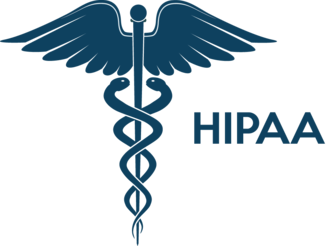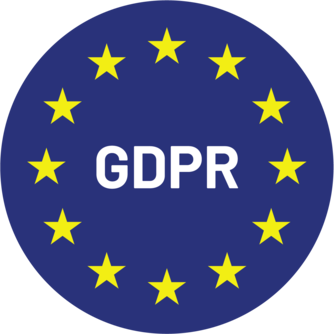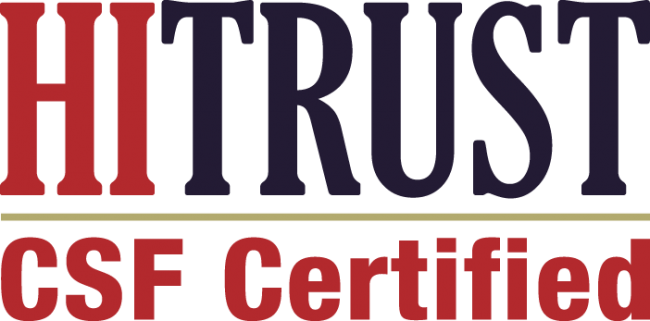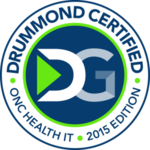Mental health disorders affect millions of Americans, yet access to timely and effective care remains a significant challenge. According to the National Institute of Mental Health (NIMH), nearly 1 in 5 U.S. adults experience mental illness each year, but over 50% do not receive treatment. The growing demand for behavioral health services, combined with a shortage of mental health professionals, has led to long wait times, fragmented care, and poor patient outcomes.
To address these challenges, Behavioral Health Integration (BHI) has emerged as a powerful model that connects primary care and mental health services. HealthViewX, a leader in digital health solutions, transforms behavioral healthcare through a seamless, technology-driven approach to BHI, ensuring that patients receive timely, coordinated, and value-based mental health services.
The Growing Mental Health Crisis in the U.S.
- 21% of U.S. adults experience mental illness annually (NIMH)
- Over 50% of individuals with mental illness do not receive treatment (Mental Health America)
- The U.S. faces a shortage of 8,000–25,000 psychiatrists by 2025 (Association of American Medical Colleges)
- Suicide is the 10th leading cause of death in the U.S., with rates increasing by 30% since 1999 (CDC)
- Depression and anxiety disorders cost the global economy $1 trillion per year in lost productivity (WHO)
What is Behavioral Health Integration (BHI)?
Behavioral Health Integration is an approach that embeds mental health services into primary care settings, creating a collaborative model where primary care providers (PCPs), psychiatrists, and behavioral health specialists work together to improve mental health outcomes.
Key Components of BHI:
- Patient Identification & Screening – Routine screening for mental health conditions such as depression, anxiety, and substance use disorders.
- Care Coordination – Seamless collaboration between PCPs, behavioral health specialists, and care managers.
- Evidence-Based Treatment – Personalized mental health treatment plans, including therapy, medication management, and lifestyle modifications.
- Ongoing Monitoring & Follow-Ups – Regular check-ins to track progress and adjust care plans as needed.
- Technology-Driven Care Delivery – Digital health platforms like HealthViewX facilitate real-time communication, data sharing, and remote patient monitoring.
How HealthViewX is Transforming Behavioral Health Integration
HealthViewX provides a comprehensive BHI platform that bridges the gap between primary care and mental health services, making behavioral healthcare more accessible, efficient, and patient-centric.
1. Streamlined Care Coordination
HealthViewX’s centralized platform enables real-time collaboration between primary care providers, therapists, and psychiatrists. This ensures that all stakeholders have access to patient history, progress notes, and treatment plans, reducing care fragmentation.
2. Automated Screening & Risk Assessment
The platform offers automated mental health screening tools integrated with EHRs to help providers identify at-risk patients early. These assessments facilitate timely interventions and reduce emergency room visits.
3. Remote Patient Monitoring (RPM) for Behavioral Health
HealthViewX supports RPM for mental health, allowing providers to track patient-reported outcomes, medication adherence, and symptom trends. Studies show that RPM can reduce depression symptoms by 45% and increase medication adherence by 70%.
4. Medicare Reimbursement for BHI Services
HealthViewX simplifies Medicare billing and compliance for BHI programs. Providers can easily track and bill under Medicare BHI CPT codes, including:
- CPT 99492 – Initial psychiatric collaborative care management (60 min/month)
- CPT 99493 – Subsequent psychiatric collaborative care management (30 min/month)
- CPT 99494 – Additional 30-minute psychiatric management
5. Data-Driven Insights & Analytics
The platform provides AI-powered analytics to measure patient engagement, treatment effectiveness, and provider performance. This enables continuous quality improvement and value-based care delivery.
The Impact of HealthViewX’s BHI Solution
- 30% Reduction in ER Visits – Due to early intervention and remote monitoring.
- 50% Improvement in Medication Adherence – Through automated reminders and provider check-ins.
- 40% Reduction in Mental Health-Related Hospitalizations – Due to continuous care coordination and follow-ups.
- Increased Access to Care – Reduced wait times for mental health services by 60%.
The Future of Behavioral Health Integration
The adoption of digital health solutions like HealthViewX is paving the way for a scalable, patient-centric mental health ecosystem. As Medicare expands BHI reimbursement and telehealth regulations evolve, integrated care models will become the standard for mental health treatment in the U.S.
Conclusion
The mental health crisis demands innovative, technology-driven solutions that break down barriers to care. HealthViewX’s Behavioral Health Integration platform is a game-changer, helping providers deliver proactive, coordinated, and reimbursable mental health services. By integrating primary and behavioral healthcare, we can create a healthier future for millions of Americans.
HealthViewX can help you streamline BHI implementation, improve patient outcomes, and maximize reimbursements if you’re a healthcare provider looking to enhance behavioral health services.

